Choose The Product you want to see
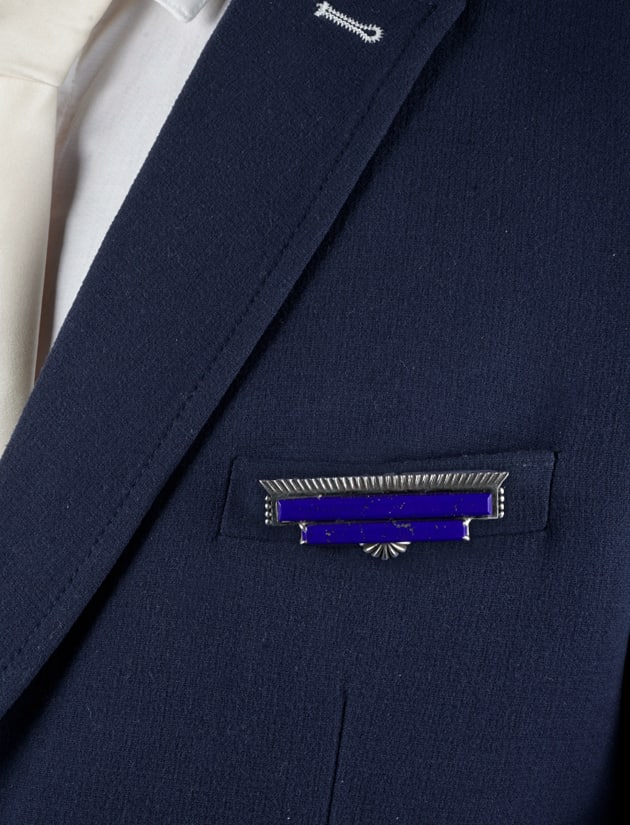
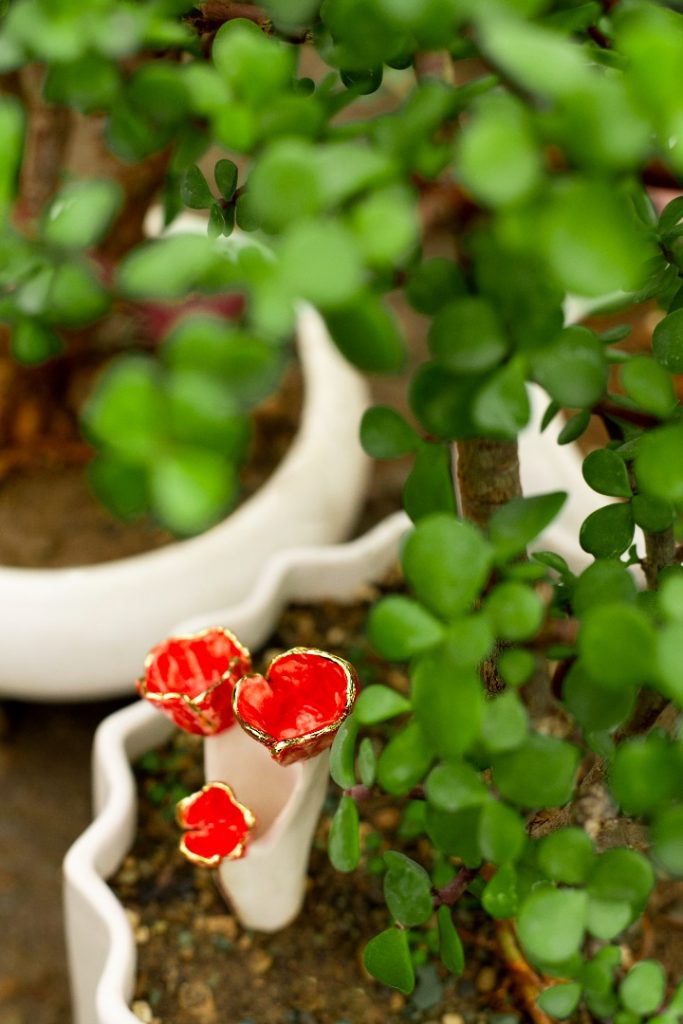
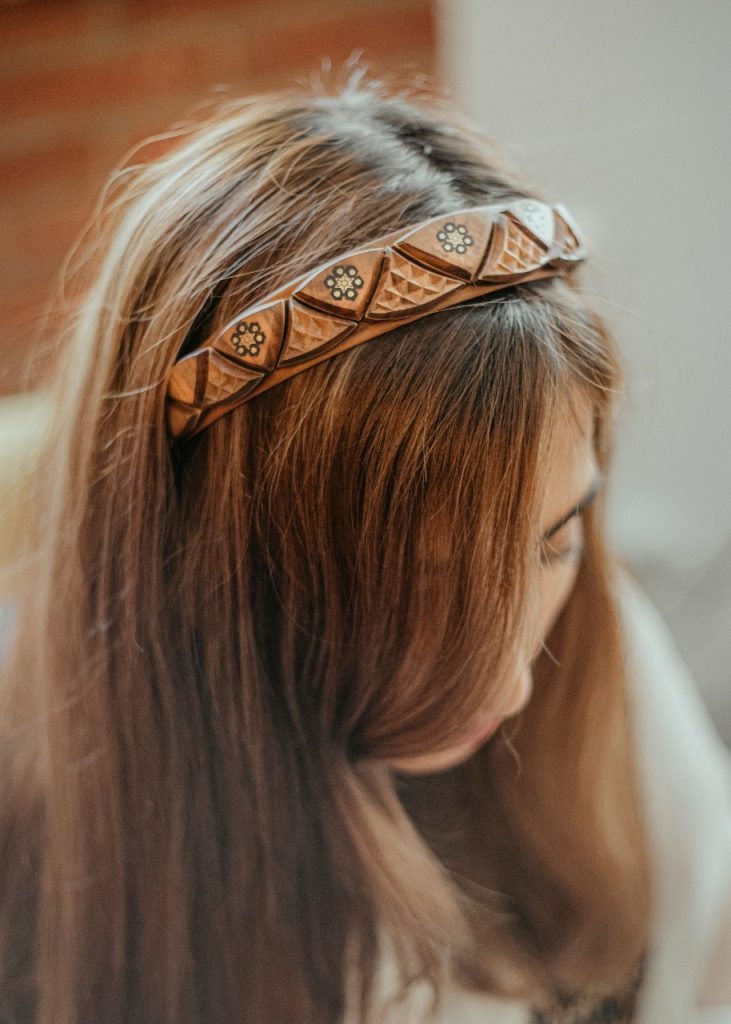
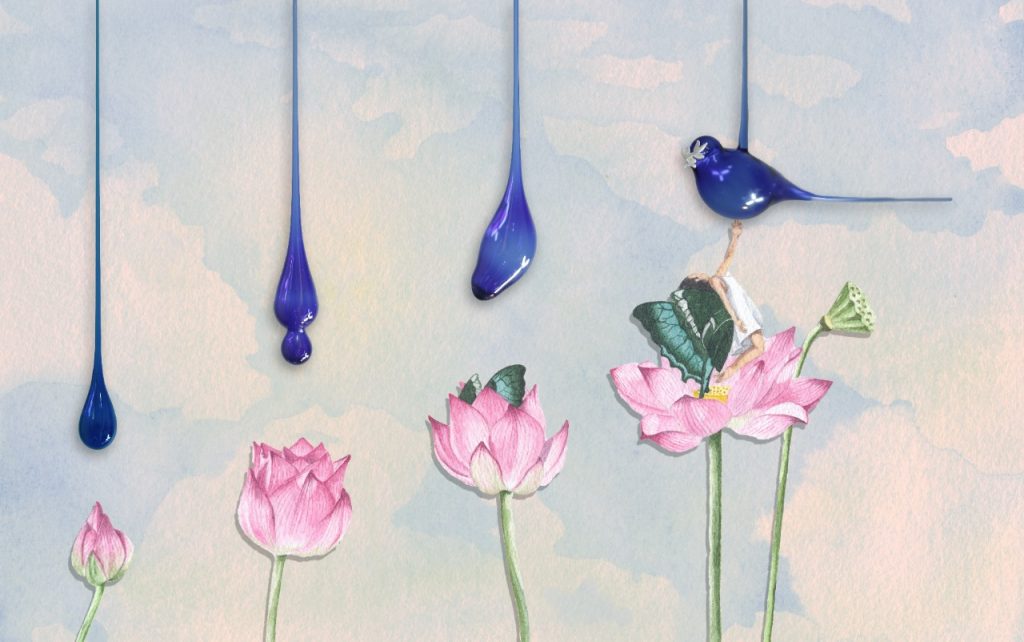

Shokouh-e Khamoush
Sanctifying the Hidden Grandeur
Guest Designer: Sahar Ghoreyshian Executive Team: Emad Mahdian, Niloufar Sadat Shirkhorshidi, Atiyeh Mohebbi Supervisor: Pouyeh Peyman Adviser: Kimia Khodadadi 3D Model Creator: Farhang Zajforoushha Adviser and Gemologist: Hadi Nemati Artwork Creator: Sarah Moslemi Lapidarist: Mahdi Aghabozorg Finishing and Stone Setting: Mina Ramandi
For a long time, a lot has been said about the wonders of Persepolis and its exemplary art in all artistic aspects. From the sphinx at the entrance to the Gate of Nations in Persepolis to the reliefs of the Achaemenid kings who sat on the throne, the designs of representatives from all over the Achaemenid Empire who came to the kings to present gifts, the inscriptions are written in cuneiform on the orders of the Achaemenids kings and are engraved on the walls of Persepolis. In every corner of this ancient masterpiece, a form of different customs and different uses of buildings can be seen. From the temple to the throne and from the imperial public meetings to the show of the change of seasons.
Inspired by this building, we designed and built ornaments to take a small step in sanctifying the greatness of this empire that once ruled more than half of the world. Among the various buildings of Persepolis, less attention has been paid to the Tachara or Tachar chateau. Therefore, the design team decided to choose this place as the source of product inspiration for this issue. This building is called Tachara in one of the reliefs on it and "Hadish" in another and today it is known as Dariush’s Palace or Tachar. In later texts, this palace is also called the Hall of Mirrors, because the stones of this palace were gray and very polished, as the image of a man was reflected in it.
In this issue, we decided to invite talented designers from our country who are skilled in the art of jewelry design. For this reason, we published a call, and by challenging the participants and finally choosing the selected designer, an ornament was designed from the heart of the motifs in the Tachar chateau.
Sahar Ghoreyshian, the guest designer of Craftland, explains: At first, when I heard the name of the Tachar chateau, the image of the remaining ancient door frames of this palace, gray stones, winter and cold atmosphere of an ancient glory was engraved in my mind, so I decided to use the remaining door frames of this palace as a general motif of my design and based on it, to start designing, I focused deeply the art of the Achaemenid period, an art that aimed to show the glory of the empire and its reality. As a result, in designing this brooch to demonstrate the glory, splendor, and classic style of the art of that period, I tried to make the general design in a rectangular shape, which is also taken from the rectangular plan of the Tachar chateau and the upper part of the door frames. Finally, I tried to place rectangular forms on their long side to give the audience a sense of strength, stillness, and power. In Achaemenid art and Iranian art in general, symmetry and contrast are among the basic principles of art, so an effort was made to observe these principles in the design. The stone used in this artwork is azure because the Achaemenids themselves used this stone a lot in making jewelry and also the color of this stone helps to induce the classical style and sense of the power of that period to the audience. Eventually, since this chateau has polished gray stones, I realized that silver metal is suitable for this design to create the feeling of that cold and majestic atmosphere of today, which remains gloriously silent.

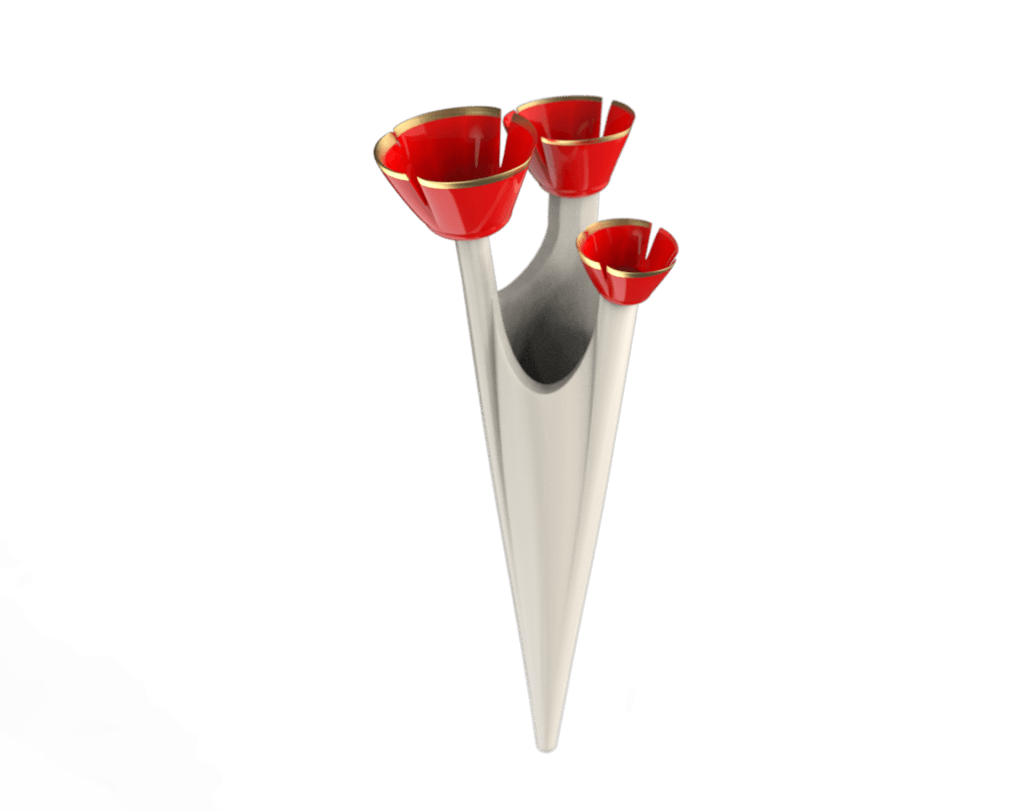
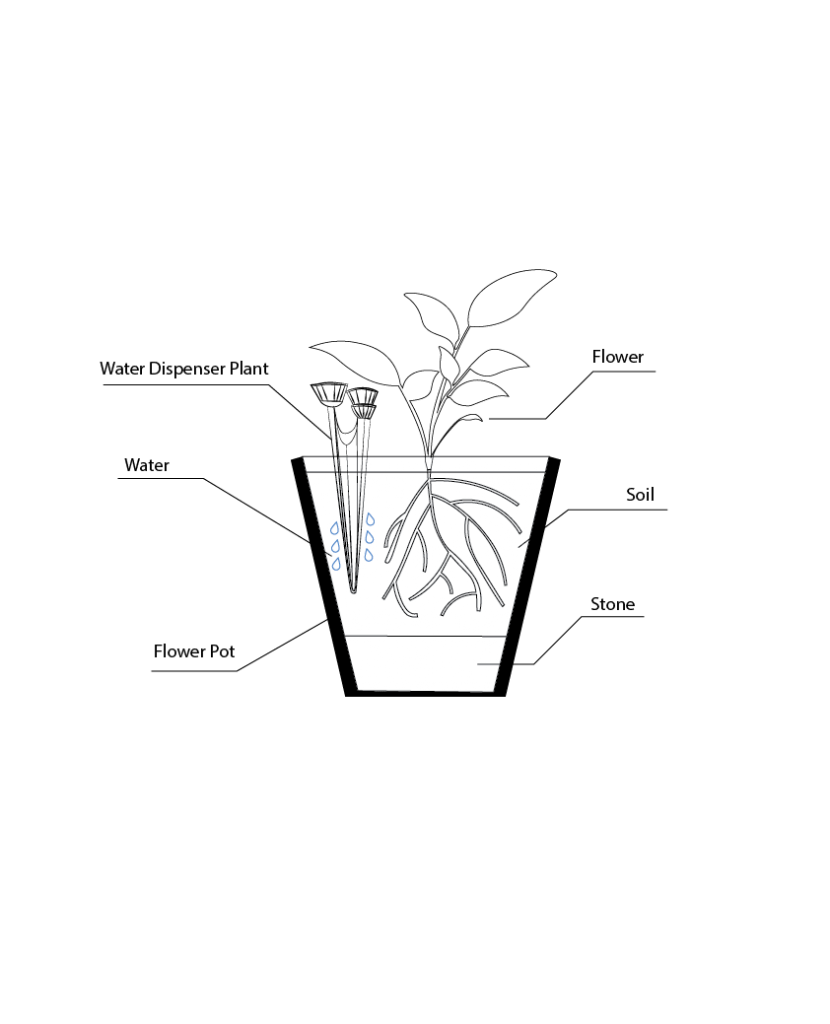
A Sip of Life
Ashk-e Shaqayeq: poppies’ tears
There was a time when red had a different connotation, more reminiscent of our childhood poppies grasslands rather than pain and blood. Those days, in early April, Damavand Mountain would cuddle the tiny poppies tightly in its arms, so that from Tehran’s suburbs to Ardabil and Kurdistan, as far as the horizon could be seen, the sight of poppies’ grasslands made our eyes sparkle. Although Poppy is still an Iranian flower, it is now in decline due to intensive agricultural practices resulting from the move towards modernity, in addition to water shortage; therefore, the grasslands became smaller and far out of our sight.
Objective Definition:
As we felt the responsibility to make an effort to protect and
save our environment, to take a small step in fulfilling this
responsibility, we have designed an exclusive product. This
product is functional, recyclable, and eco-friendly, with an organic form. We started with various sketches and brainstormed for applying different shapes, materials, techniques, and methods. Finally, we started designing a Self-Watering Stake to be placed in household pots so that when people are not home for long periods, they can put the stakes inside their plant boxes, pour water into them, have water enter the soil slowly and gradually so it can feed the plants to prevent dehydration.
Design:
We have chosen pottery to make our product since clay, the
basis of pottery is eco-friendly. Moreover, pottery can leak
water over time which is a unique practical property that is in line with the objectives of the designed product.
Poppy flower form was applied to the design of this product
to remind the poppy grasslands that are now out of our reach and sight. The choice of conical shape is due to ease the process of putting the product in the plant box and placing the maximum amount of water while occupying the least space.
Another feature of this work is the ability to retain moisture
so that if the soil moisture in the pot is sufficient, it retains
water and gently transfers moisture to the soil when the plant needs nutrition.
Construction:
In making this product, the ceramic molding technique and
its combination with manual modeling have been applied.
The body of this product is kept unglazed to maintain the
above-mentioned practical property of pottery. On the other
hand, the upper part is glazed for optimal use and to add to
the visual allure of the plant box when placed in the soil. After making the lower cone by molding, the poppy flowers, which were manually shaped, were attached to the base. Followed by the first bake in the process of glazing, the upper flowers were glazed manually; after the second bake, the body of the flowers was furnished with a luster glaze. Finally, the edges of the petals are ornamented, with thin lines of gold luster when the work is ready for the final bake (i.e third), and after passing all these stages, the product is ready for use.
Naming and Background:
In Persian literature, the poppy flower is mentioned quite a
lot, for example, Hafiz, the Iranian poet, says in his poem: “We are the poppy that was born with sorrow” and because the black spot in the center of the poppy flower is metaphorically compared to our grieving heart. The name “Ashk-e Shaqayeq” meaning poppies’ tears also referred to this literal interpretation. Additionally, the fact that the word tear is associated with the practical usage of this work was another reason for choosing this name. In the process of designing and producing this product, from the initial brainstorming, during the design to the implementation process, we used the guidance and help of our honorable professor, Mr. Farzad Faraji, to best demonstrate the combination of the two concepts of application and form shaping.
In the end, in the words of Sohrab Sepehri, a contemporary
poet: “As long as there is a poppy, one must live”.

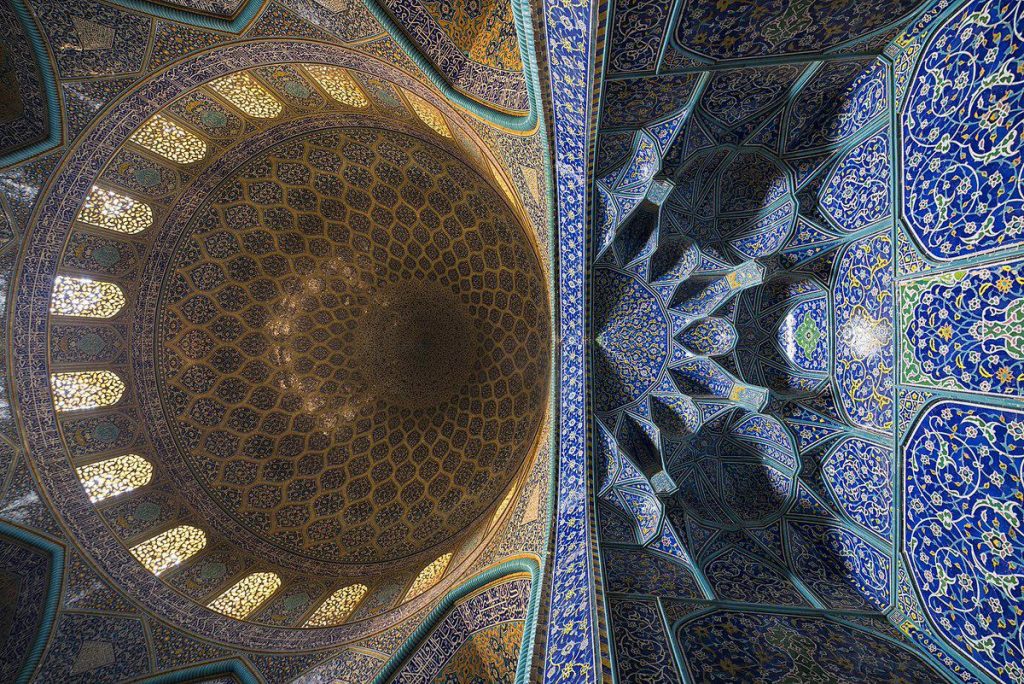
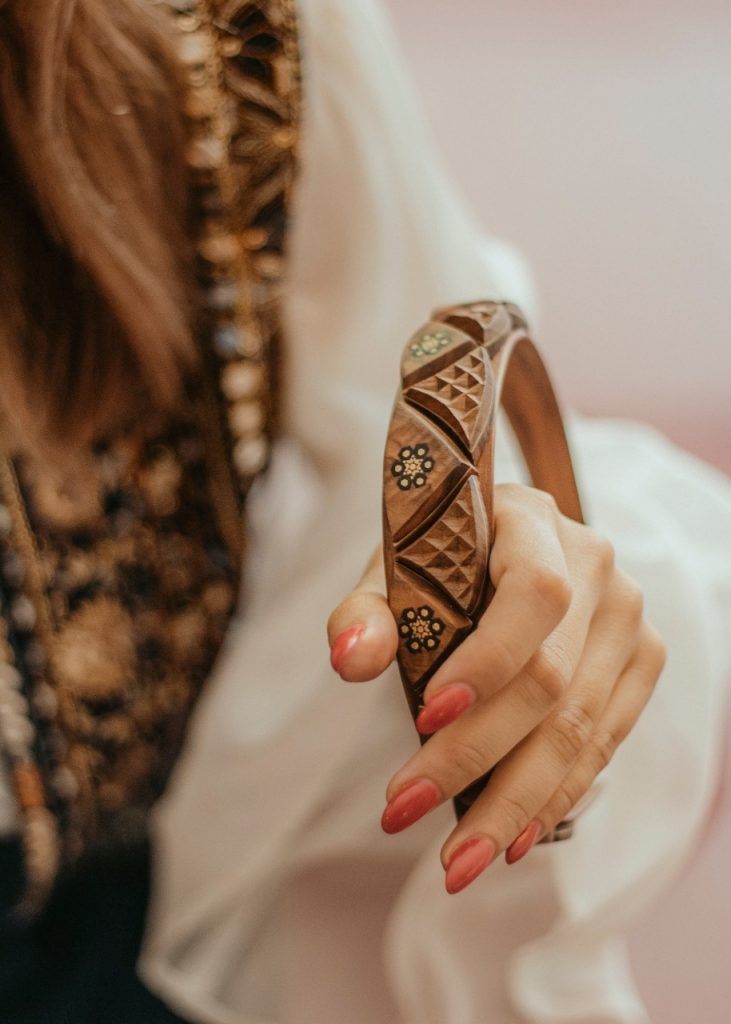
Coruscating Dome
Flying peacock on crown
Sheikh Lotfollah Mosque is a famous masterpiece of Iranian architecture, the Crafland Team chose this national monument as a source of inspiration since its presence seemed vital in the current issue of this magazine. When talking about Isfahan, mentioning the masterpiece of Naghsh-e Jahan Square will be inevitable. However, sometimes words do not suffice to capture the meaning comprehensively, especially when the topic is a monument as glamorous as this mosque. Therefore, we have tried to demonstrate the connection between human and architecture to manifest such magnificent beauty. Although, the glory and elegance of this mosque whose main hall ceiling designs and patterns mesmerize every entering soul can not be captured in a small piece of artwork, we have created this piece to praise the sanctity of this unique and fascinating beauty. Time has failed to diminish the beauty of this building. When you enter the courtyard of the mosque, your eyes are illuminated by the light and glow of its skylights which shine like little pieces of Khatam above your head as if you were wearing a headpiece out of light and Khatam. You raise your head to find the source of the glow and stare at the ceiling. While you are standing humble in front of the charm of ceiling designs your eyes will be tied to the twisting peacock feathers which the ceiling design resembles. In the designing process, we put all our effort to coordinate the architectural design with a handicraft technique in this product. We adapted its pattern so that the executions of our head ornament resemble the executions of the building. The opening rhythm of the peacock tail, which is engraved under the dome-shaped roof of the mosque, has been narrowed in another form in our work, from the center of the head to the sides of the ears so that it gives the product a new identity. For us, this work was a mental image that became an object. As if we intended to extricate this mental spiritual mood residing in our head in order to be able to put it on our head as a concrete object. On the other hand, the Khatam used in the work refers to the arrangement and accuracy of this building. This work is made of a combination of four techniques in wood art. The main frame of the work is made of walnut wood using the bending (Khamkary) method. Its surface consists of pieces that are executed in two ways. A row of pieces, parts of which are carved and inlaid in the mosaic style; and in other rows, the Yazdi-Bandi wooden pieces can be seen. This part of the work is exactly what always happens in handicrafts; a concept that we have heard and are familiar with for a long time: “each handicraft has its own unique identity which is created at the moment”. We may never again find exactly a piece of wood with the same design and pattern which makes an art unique adding to its value. Our supervisor had a key role in this unique creation. The project master, Mr. Sina Askari, who is a professional specialist in performing the Yazdi-Bandi technique on wood, suggested adding an urban element of architectural space to the original design. His suggestion duplicated the beauty of the design since the inspiration by the architectural details of the mosque magnified the value of the product. One of the other techniques used in this work is Khatamkari, which has been quoted as having its roots in Shiraz, but reached its peak in Isfahan during the Safavid period. Khatam is made up of a combination of polygons of wood, metal and bone. A delicate and elaborate art that is used to decorate surfaces in objects in the form of mosaics. We have tried to maintain the originality of the technique, as well as applying a deconstructive approach taken from the contemporary point of view to this technique. In this work, the rows of Khatam are not seen next to each other as the conventional traditions of this art; but a single star that is surrounded by six hexagons appears as a shining jewel. Also, Atefe's view on khatam in jewelry has been very effective in the production of this work. The results of her studies and designs during these years can be seen along with her usual design style.

Illustration description: The Zoroastrians considered the lotus flower sacred because it grew in the middle of a swamp, and they believed that an unsuitable living environment could not be a reason for human beings to grow up inadequately. The lotus lithograph engraved in Persepolis indicates the importance of this flower to the Iranians. In Eastern culture, the lotus flower is a symbol of purity since its path to flourishing is similar to cultivation, starting in the darkness of the swamp, trying to gain a goal, which is reaching the sunlight, until the moment it reaches the water surface. If a person follows the principles of truth, benevolence, and patience, he shall grow like a lotus. The petals of the lotus symbolize the different levels of abandonment of human dependence to achieve higher realms of cultivation.
Transmutation of Peace
Designed and Produced by Craftland
One of our common concerns during our art studies was handicrafts and sustainable design. Therefore, we have tried to practice in line with this approach in various projects. In this issue, we have decided to address these common concerns in the form of a product design. We mapped the different meanings and shapes of the color blue and came across a world of concepts. From these concepts, we chose " water and inner peace". The reason behind our choice is the common concern for peace and water resources overuse around the world. Without water, life for all species is at stake. We started to develop ideas in this path. Our Professor Arash Shojaei supported us with his valuable guidance. Since each material conveys a different meaning, we chose glass as the primary medium because of its fluidity, clarity, and resemblance to water. To better understand the concept of peace, we availed the support of master Hayas Hosseini. One of the most fundamental types of peace is the inner peace within a family, which deals with the peace inside the nuclear family; therefore, the family was added as another keyword to our principal concepts. Once more, we came up with ideas and redesigned our product. Master Hayas also tested several different types of glass based on our design, and in the end, various forms were created. The technique used to make this product is called Lampworking. Eventually, a collection named "Transmutation of Peace'' was created. In this collection, the transmutation of blue water drops into an iconic dove of peace is witnessed. In ancient Greek mythology, the dove symbolizes love and rebirth, and in ancient Japan, the dove carrying a sword symbolized the end of the war. The branch of the olive tree in the dove’s mouth is also another symbol of these concepts. We have tried to depict the family as a concept comprising four members (father, mother, daughter, and son); at each phase, all members complement one another and serve a general notion. Each member might be at a different phase simultaneously on a trajectory in line with the overall objectives of the whole. Our glass bird with an olive branch is a message of harmony from Craftland to the world. We hope to take a small but effective step in the direction of peace and harmony as global concerns.
